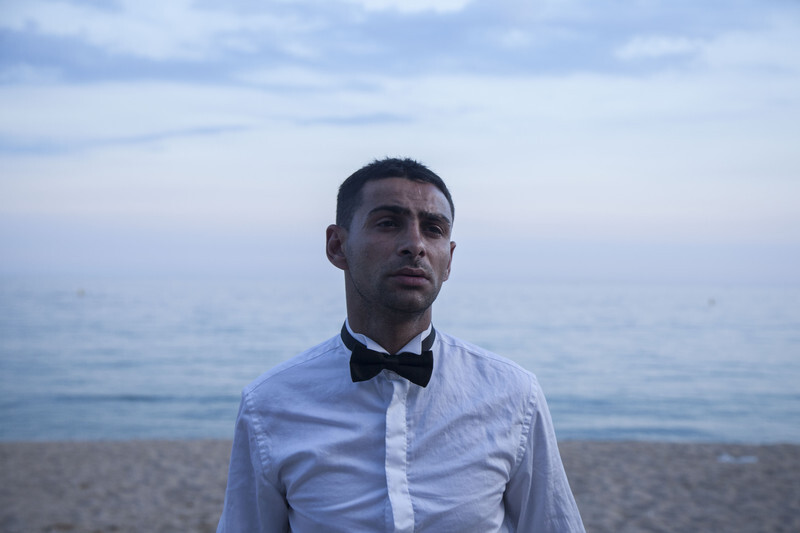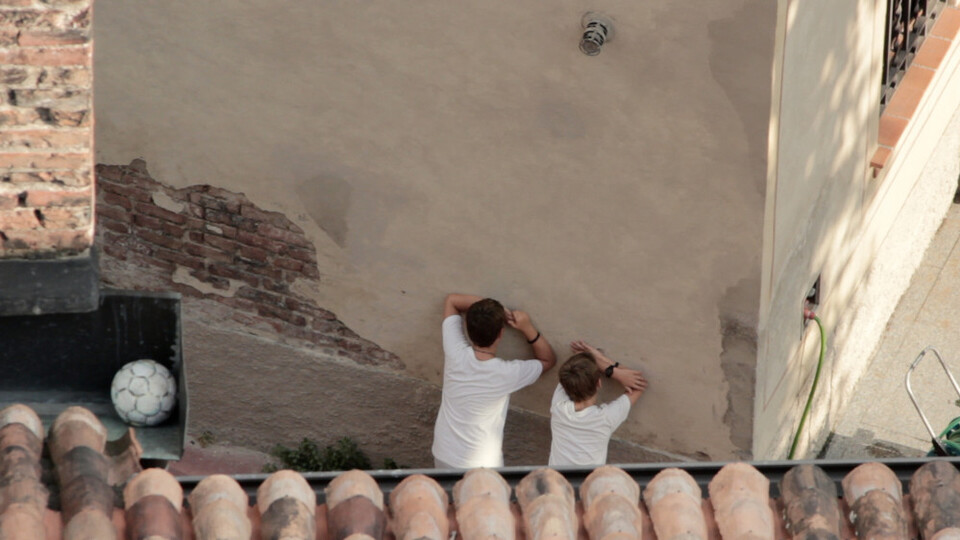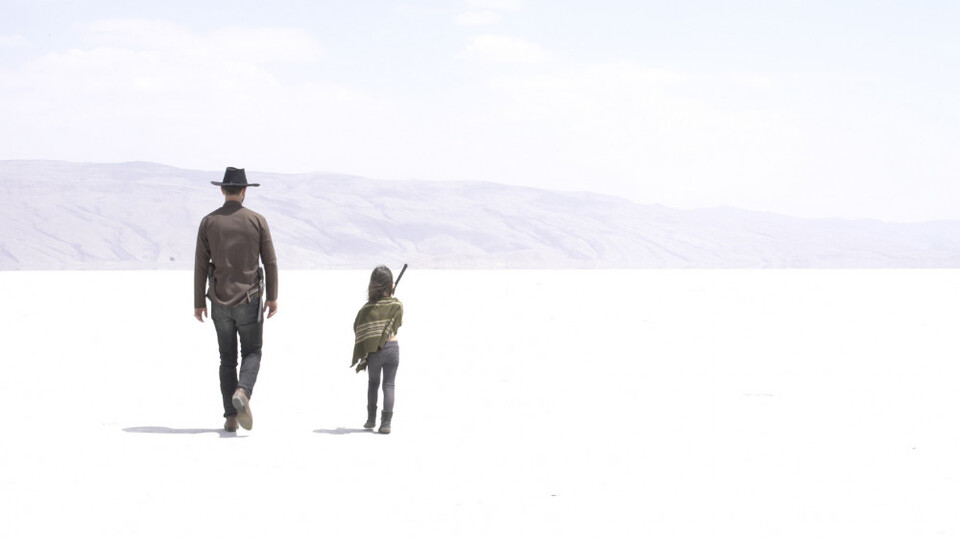Documentary film can’t be made up
Petr Václav is the director of some of the most outstanding Czech films of the past few decades. He first made his mark with his fiction debut Marian (1996) about a Roma boy from a foster home. The Way Out (2014) earned him several Czech Lion statues and Czech Film Critics’ Awards eventually making it to Cannes; We Are Never Alone (2016) won the Audience Award at Berlinale. This year’s 21st Ji.hlava International Documentary Film Festival will showcase the director’s latest film title Skokan recounting the journey of a recently released prisoner to Cannes in the hope of attaining fame. Like in his previous films, Václav employs documentary elements to narrate a fictional story. “I don’t find the boundary between reality and fiction relevant. Or actually, I do in a way. Documentary film does not lie and manipulate with facts, on the contrary – in fiction films, anything is allowed. Skokan is not a documentary film, although it reflects the reality and psychology of non-actors, who in fact commit to the fictitious framework,” explains the director.
Is it difficult to find funds for a film that only works a rough script outline and the main protagonist not long before the start of shooting? How did your producers and co-producers respond to that?
Jan Macola acted like a fighter, he was desperate for the film to be made. As for funding, we were lucky because The Way Out and We Are Never Alone helped us build some trust. And we were also shooting Skokan in conditions that would not be acceptable for most producers. Our shooting schedule was strictly framed by the timeline of the Cannes festival; however, institutions were rather delayed in providing funds as everything came together at the last minute. I was signing bounced cheques and asking restaurant operators and hoteliers not to collect them before September. And I didn’t say that until everything was eaten and the bed was made. But it was also a good experience because none of them collected the cheque before the specified date.
To what extent does the result differ from your original idea? Were there any changes in the actors’ engagement, the tone of the film or some of the topics?
The original idea regarding the topic and style was: adventure, a couple of cars, a small crew, and off we go into the world! That was also decisive for the film’s visual concept and its style. In terms of style, I believe that we managed to stay faithful to the original plan perhaps also thanks to the fact that I did most of the panning myself. I wanted to pursue the topic and the main protagonist. We had no idea what the organisers in Cannes will allow and what will be off-limits. But I knew exactly the kinds of atmosphere that can be captured on the spot. We didn’t expect to meet Roma people living in Rome until we arrived in the city, but what I wanted to capture was sunset, swifts singing and marble and travertine. Via Appia. Me and the producer wanted to improvise and understand what we were actually doing in the process. To pursue our day-to-day search and find out what it takes. We wanted to see to what extent we can work freely, how far the improvisation can go. The process was naturally somewhat hazardous, but that also made it exciting.
You often employ documentary techniques in your movies, including the specific method of recording and engagement of non-actors. Does it stem from your feelings or do you rather work with the story and consider this to be the best way of capturing it?
I guess that I prefer conveying a certain “quasi documentary” truth rather than a staged performance for the camera, which is not to say that I don’t like films that work with theatricality. But I guess I don’t have a talent to do it so I don’t want to even try. I really like films by Roy Andersson. Last year in Buenos Aires, I met cinematographer István Borbás and saw how such films were made, including special effects and the like, their overall concept of filmmaking. It is a kind of stylisation that I admire but I will probably never attempt to use.
How do you perceive your own films – more like documentaries, or works of fiction?
A film based on a script and working with actors (or non-actors) is not a piece of documentary filmmaking. Skokan is not a documentary film, although it reflects the reality and psychology of non-actors, because they commit to a fictitious framework.
Can you be more specific?
The Way Out and Marian are fiction films that work with real people and real props and setting. Costumes are partly made for the film and partly consist of what the actors are wearing or what they have at home. And the films are based on a thorough research into the reality. But that doesn’t mean that the film is a documentary title. It is a kind of a film that is concerned with factual, historical and sociological accuracy. It wouldn’t make sense to cast other than Roma actors because it wouldn’t be real and would undermine the credibility of the whole movie. And it would also be unethical. As if I had said: “Yes, I’m interested in the Roma minority, but I don’t want to cast Roma people in serious roles in a fiction movie. They aren’t good enough.” Some producers and professionals from Barrandov actually advised me not to shoot Marian with non-actors, that I will knock myself out – that I should cast Dejdar in the main role.
You also made a documentary about Josef Mysliveček: Confession of the Vanished, now you are preparing a fiction film about the same composer entitled Il Boemo. What was different in your filmmaking approach when working on these two formats?
My documentary film portraying Josef Mysliveček, Confession of the Vanished was created after I had written a script for the fiction film. The script of this fiction film naturally involves a great deal of interpretation and fiction because all previous documentary accounts of his life had only been cursory. Although I drew on a thorough research of the historical sources, Mysliveček’s figure had to become fiction. In the documentary film, I was careful not to state anything that would not be factually inaccurate. Although Mysliveček himself speaks in in the documentary as a voice from beyond the grave, which is rather a “fiction”, he doesn’t make anything up. The blinds spots are filled with Mysliveček saying: “and you will never learn what happened because I took all of that to grave.” Formally, I like to puzzle the viewer, but as regards the content, the difference between documentary and fiction is totally clear: documentary film can’t be made up.



